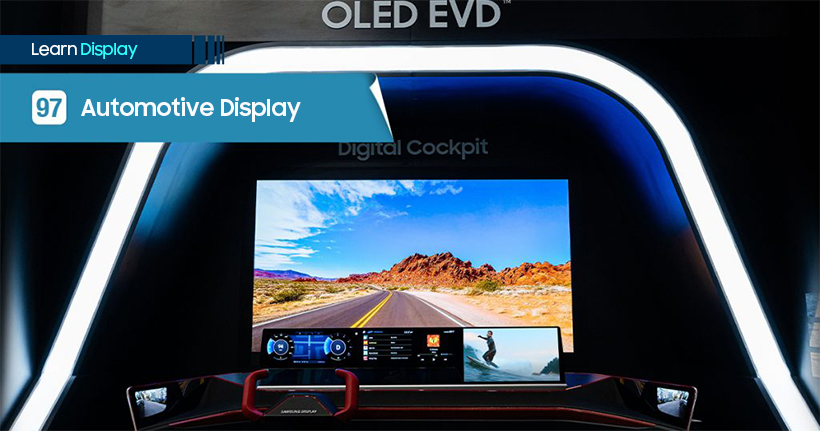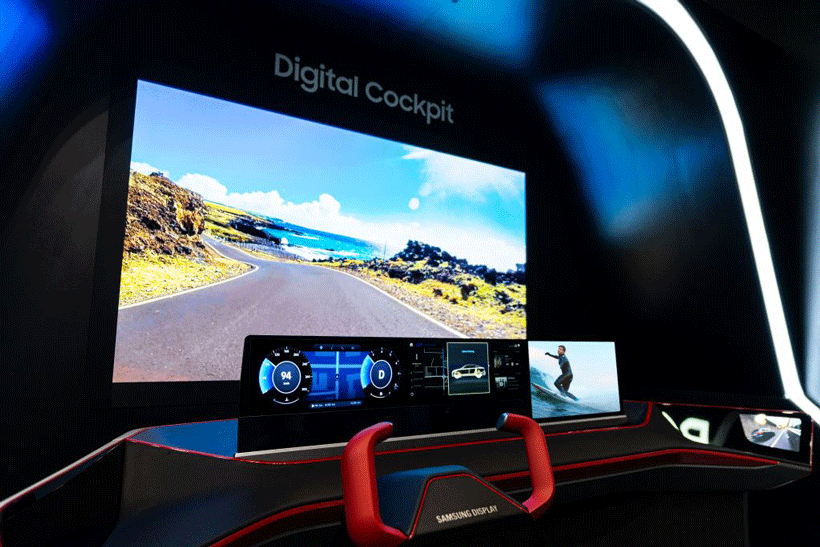
Displays used in automobiles are commonly referred to as automotive displays. As automobiles have evolved from being a mere mode of transportation to providing meaningful experiences to drivers, the type of information and entertainment provided to drivers has been continuously upgraded, resulting in an increase in the types of displays incorporated into automobiles.

Automotive displays are largely divided into digital clusters (dashboards), digital side mirrors, and CID (Center Information Display). A cluster displays various types of driving-related information in a single space, such as the vehicle speed, revolutions per minute (RPM), and driving distance. The display technology that enables this is referred to as a “digital cluster.” Compared to the analog method, where the gauge needle moves on the dashboard, a digital cluster offers greater flexibility in terms of design and improved versatility by providing maps or infotainment.

A CID is a display installed in the dashboard between the driver’s and passenger's seats. It displays integrated information encompassing GPS, a music player, and a temperature controller. In contrast to the existing version that separates the display screen from the buttons, a CID uses a single display that allows the driver to check and control the overall status of the vehicle and enjoy videos on a larger screen.

A digital side mirror replaces the regular mirrors to provide the driver with a view of the traffic status, around and back of the vehicle, using a camera and a display. Unlike regular side mirrors, digital side mirrors allow the driver to clearly see objects even at night or in harsh weather conditions, while also displaying additional information such as the distance between vehicles.



